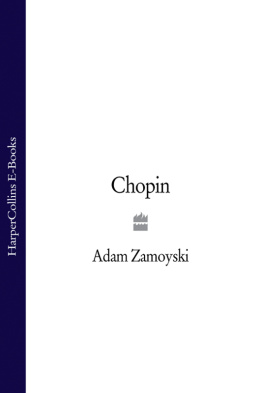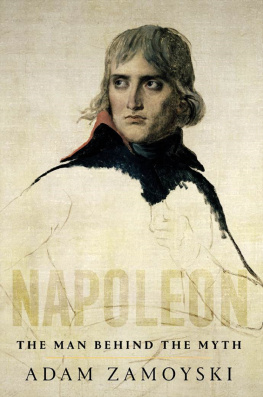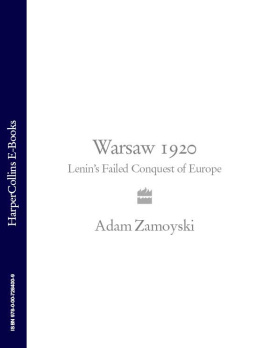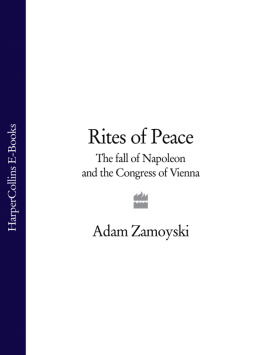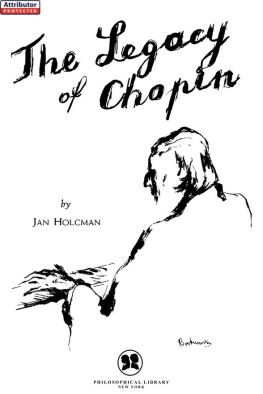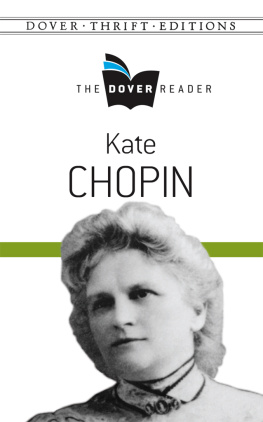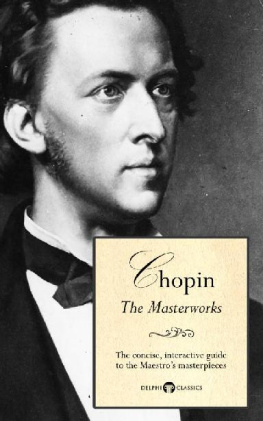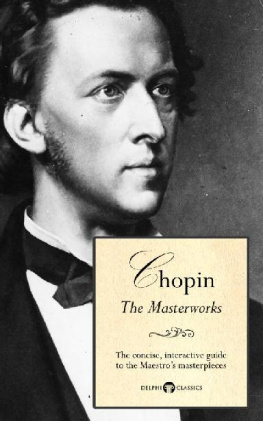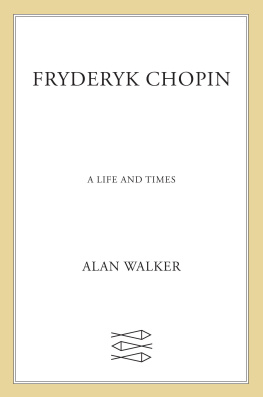Two centuries have passed since Chopin came into this world, yet his legacy is all around us today. The quiet revolution he wrought influenced the development of Western music profoundly, and he is still one of the very few most widely studied and revered composers. For many, he is the object of a cult. Yet most people know little of his life, of the man, his thoughts and his feelings; his public image is a sugary blur of sentimentality and melodrama.
The aim of this book is to cut through the myths and legends, to delve into everyday reality in order to tell the story of his life, and to reveal all that can be discovered of Chopin as a person. I had already attempted this in a previous book, published in 1979, and since this has been out of print for many years, I decided to update it, taking into account all the new material that has come to light and the many excellent studies on specific aspects of Chopins life that have appeared since then.
I also decided that some of these were worth exploring further. I felt I should devote more space to the composers state of health, which has been the subject of professional study in recent years. And I wished to place him within the intellectual and spiritual environment of his day, about which I had learnt much in the intervening period. In the process, I found myself reworking the text thoroughly. So, although I held to my original approach and did not fundamentally alter the structure, I believe this to be in many respects a different book, and that is why I have issued it under a new title.
ONE
A Prodigy Restrained
On 30 October 1849 a large crowd gathered at the church of La Madeleine in Paris, and hundreds of carriages clogged the surrounding streets, causing a jam that stretched as far as the place de la Concorde. The front of the enormous temple-like church was draped with panels of black velvet bearing the initials F.C. embroidered in silver. Entry was by ticket only, and those who had not managed to obtain one thronged the monumental steps.
At noon, the grim servants of death appeared at the entrance to the temple bearing the coffin of the great artist. At the same time a funeral march familiar to all admirers of Chopin burst from the recesses of the choir. A shiver of death ran through the congregation, recalled the French poet Thophile Gautier. As for me, I fancied I could see the sun grow pale and the gilding of the domes take on an evil greenish tint
Mozarts Requiem was sung, with the legendary mezzo-soprano Pauline Garcia-Viardot and the famous bass Luigi Lablache supported by the orchestra and choir of the Paris Conservatoire, the finest in Europe. During the offertory, the organist of the Madeleine played two of Chopins preludes.
After the service, the coffin was borne from the church to the cemetery of Pre Lachaise. The mourners were led by Prince Adam Czartoryski, widely regarded as Polands uncrowned king,
With the possible exception of Beethoven, no musician had ever had such a splendid funeral, and few have been so mourned. A year later, a monument was placed over the grave, and this quickly became, and remains to this day, not only a place of pilgrimage but also the recipient of letters and messages. Some merely express admiration and gratitude, but most are personal communications, often passionate and sometimes pathological in nature, professing a decidedly possessive love.
Chopin has been worshipped not only for his music, but for himself, and not only worshipped but desired and appropriated. This most private and diffident of men has been taken over by musicians, musicologists, artists, biographers, film-makers and even politicians who believed they understood him and knew him intimately, moulding his image to their own purposes. Musicians have imposed their own often highly subjective interpretations on his music, musicologists have rewritten it, artists have painted him as they would like to see him, biographers have introduced their own dramatic imagination into his life, film-makers have dripped blood on the keyboard and politicians have attempted to claim him, for France, for Poland, for Slavdom and even for Polands Jewish community.
Chopin was reticent by nature and extremely guarded when it came to private matters. He was too lazy to keep a diary and too self-deprecating to write his memoirs. He left no wife or son who might fashion his image for posterity. This left the field open to acquaintances who, as is usual in such cases, adapted or invented in order to project the desired image of themselves. The majority of Chopins private papers were destroyed, in two world wars, a national insurrection and a personal vendetta. Biographers have therefore resorted to speculation and fantasy to fill the gaps, with every generation projecting its own aesthetics and desires on the blank canvas. It is only comparatively recently that historical discipline was brought to bear, and that the composers origins have been fully established.
They lie with a family of indigent peasants by the name of Chapin who moved at the end of the seventeenth century from the village of Saint-Crpin in the Dauphin region of France to the more prosperous duchy of Lorraine. By the mid-eighteenth century they were wine-growers and wheelwrights in the village of Marainville-sur-Madon in the Vosges, and their name had changed to Chopin. The Duchy of Lorraine was then ruled by King Stanisaw Leszczyski, father-in-law of Louis XV, who had received it in 1737 as a consolation prize for losing his Polish throne, and it became home to many of his Polish supporters and courtiers. It was in Marainville that the composers father, Nicolas, was born in 1771, to Franois Chopin, the village administrator (though there was a persistent rumour, allegedly encouraged in later life by Nicolas himself, that he was the natural son of the local chtelain, a courtier of King Stanisaw).
In 1780 the chteau of Marainville was bought by a Polish nobleman, Micha Jan Pac. His estate manager, Adam Weydlich, also a Pole, was married to a middle-class Parisienne who, it seems, taught the young Nicolas Chopin to read and write, and possibly to play the flute. When, after the death of Pac and the sale of the estate in 1787, the Weydlichs returned to Poland, they took the sixteen-year-old Nicolas with them. In Warsaw, he was installed in the household of Weydlichs brother Franciszek, who taught German and Latin at the Cadet School. He earned his keep by working for a couple of years as accountant at the Warsaw tobacco factory and, after it closed in 1789, acting as tutor to the Weydlich children. He was honest and reliable, and must have acquired a considerable degree of education, as well as well-placed protectors, as he then became tutor to the son of the mayor of Warsaw, Jan Dekert, and in 1792 to the children of the Dziewanowski family on their estate at Szafarnia.

